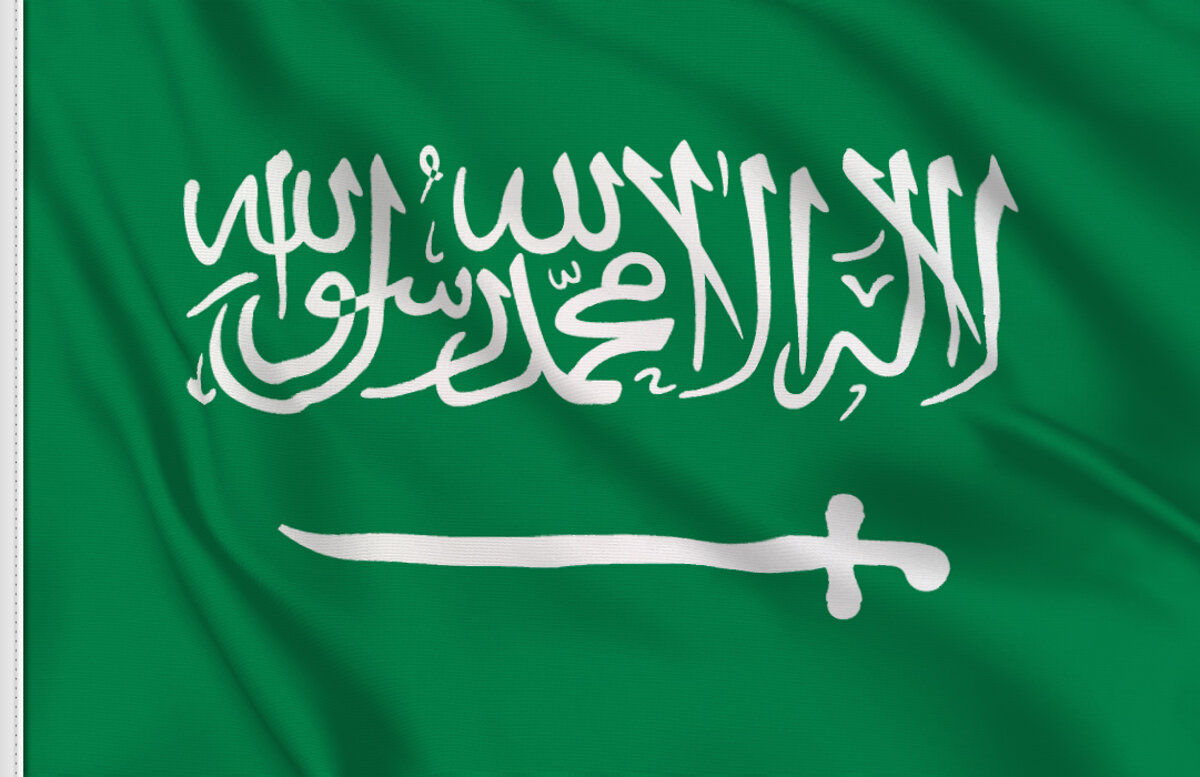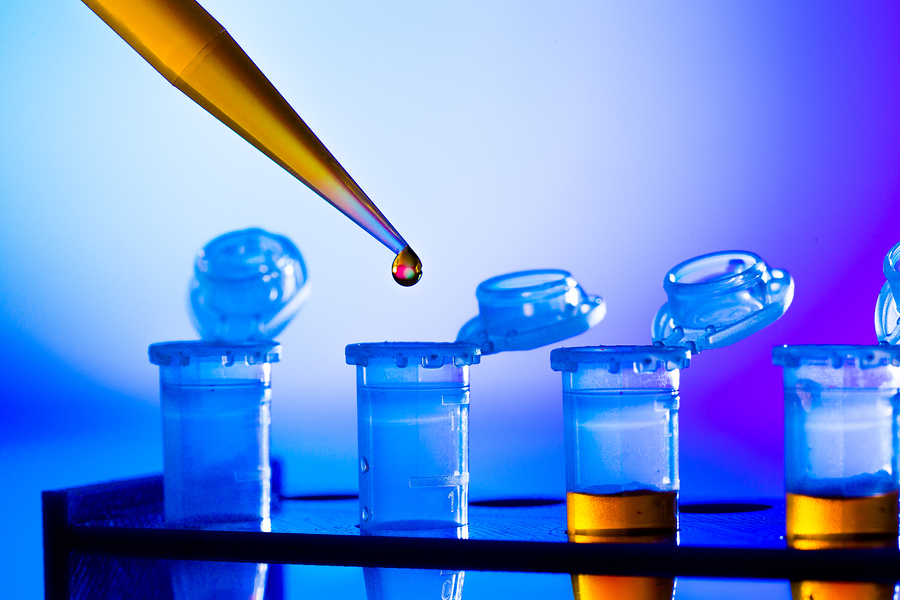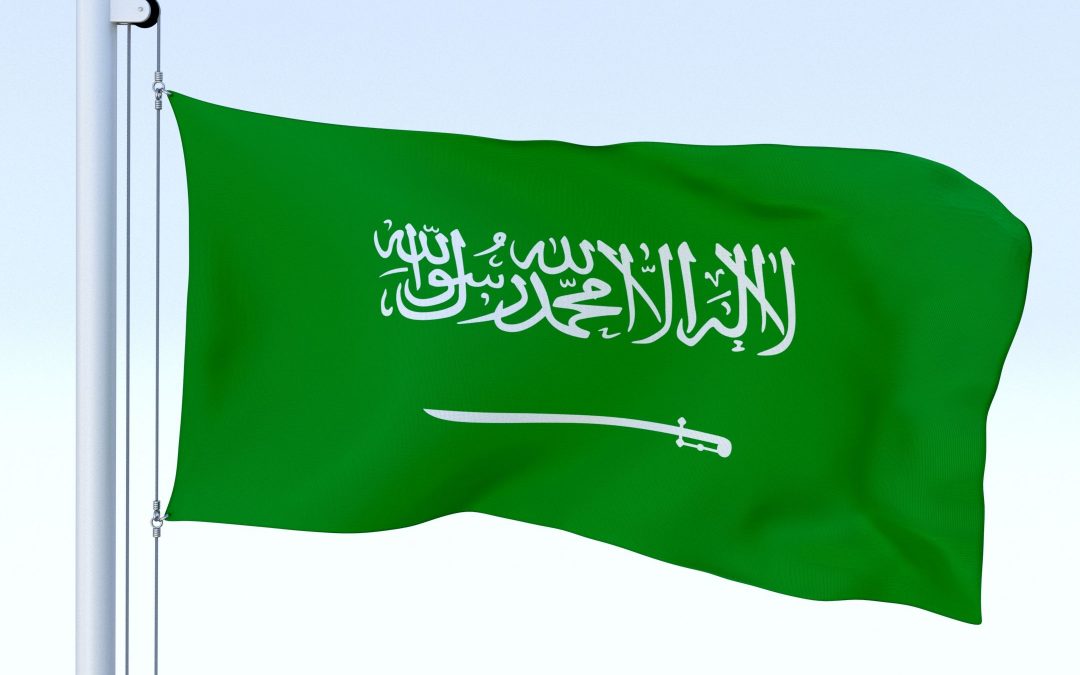The Saudi Food and Drug Authority (SFDA), the country’s regulating authority in the sphere of medical devices, has published a guidance document dedicated to the approach to be applied for bundling/grouping medical devices intended to be marketed and used in the Kingdom of Saudi Arabia. The document describes the particular criteria to be applied for the aforementioned purposes and also provides additional clarifications and recommendations with regard to regulatory requirements associated thereto.

Regulatory Background
The SFDA provides the definitions of the key terms used in the context of the matter in question including, inter alia, the following ones:
- Authorized Representative – an entity or individual based in Saudi Arabia and duly authorized by the medical device manufacturer to represent it for regulatory purposes, especially in the part of interactions with the regulating authority.
- Global Harmonization Task Force – a group of countries focused on harmonization of applicable regulatory requirements in the sphere of medical devices. According to the present SFDA guidance, these countries include Australia, Canada, Japan, the USA, and the EU/EFTA.
- Generic proprietary name – the name given to the product by its manufacturer to distinguish it among other medical devices placed on the market. Sometimes also refers to as the “trade name” or “brand name”.
- Component stands for one of the elements the medical device consists of. This term should not be used with regard to the whole medical device, only a part of it.
- Accessory – a product initially intended to be used together with a medical device in order to supplement the operations of the latter when used for its intended purpose.
Besides the aforementioned ones, the guidance also provides the definitions of such terms as “medical device,” “in vitro diagnostic medical device,” “manufacturer,” and “surgical instruments.”

Regulatory Approach in Detail
The present SDFA guidance is intended to provide medical device manufacturers and other parties involved in operations with medical devices with additional clarifications regarding the criteria to be applied for medical devices bundling/grouping within a single Medical Device Marketing Authorization (MDMA) application procedure. In certain aspects, this document also refers to the appropriate SFDA guidance on marketing authorization published earlier by the authority.
The approach described in the present SFDA guidance should be applied in case if it is necessary to group more than one medical device type within a single application procedure. The regulating authority additionally emphasizes that the bundled/grouped medical device types shall have been authorized for marketing within one or more of these countries: Australia, Canada, Japan, the US, or the EU. Hence, the applicants MDMA can group more than one medical device type within a single application procedure.
The SFDA also mentions that in case if the scope of the application submitted by the interested entity (medical device manufacturer or its authorized representative – in case of foreign manufacturers) covers medical devices intended for different purposes or the ones with different classification or technical performance, the regulating authority would require the applicant to provide additional information, so numerous requests could take place. The actual scope of information requested by the SFDA would vary depending on the types of medical devices in question.
Bundling/Grouping Criteria
According to the SFDA guidance, there are four types of applications related to general (not in vitro diagnostic medical devices):
- Single medical device,
- Family of medical devices,
- System (including medical device system and medical device systems group),
- Procedure pack of medical devices.
The document also describes each of the types above in detail.
The first one covers only one medical device having its name and intended purpose indicated by the medical device manufacturer. Such a medical device should be marketed separately and could have variations in terms of size, quality, and color. In accordance with the applicable regulatory requirements, every single medical device should be submitted for registration separately as the one application. Moreover, the SFDA also provides several examples in order to clarify the approach to be applied. For instance, in the case of a software product that has no stand-alone functions but could be used with various medical devices, the aforementioned application type should be applied, the same as in the case of separate marketing of a medical device usually included in a procedure pack – when sold separately, it should be registered as a single medical device.
The concept of a “family of medical devices” stands for the group of medical devices produced by the same medical device manufacturer, providing that all devices are of the same time, but have different shapes and features. At the same time, these devices should also have the same common intended use. In order to be allowed to apply this approach, the applicant shall ensure all the criteria below are met – the medical devices subject to grouping should:
-
- Be manufactured by the same medical device manufacturer,
- Be assigned to the same class under the risk-based classification,
- Be placed on the market under the same generic propriety name,
- Be intended to be used for the same purpose,
- Have a similar design, and
- Be within the scope of the permissible variants.
Moreover, special rules should be applied in the case of surgical instruments and accessories to medical devices. With regard to the latter, the SFDA states that under the general rule, they could be included in the same application, providing that they are initially intended by the manufacturer to be used together with the main medical device. At the same time, in case the accessory in question is intended to be marketed separately, a separate application would be required.
In accordance with the present SFDA guidance, a “medical device system” comprises a number of constituent-components to complete a common intended purpose. In order to be eligible, the medical device system should have the same manufacturer, and be initially intended to complete a common intended purpose. It should be also placed on the market under one general name and labeled accordingly. When applying for the registration of a medical device system, the applicant shall determine the class in accordance with the one assigned to the component with the highest class. Accessories initially intended to be used together with the devices within the system could be also registered within the same application.
In certain cases, the interested party may apply for the registration of more than one medical device system within a single application – as a medical device systems group. As in the other cases described hereabove, all the products in question should be manufactured by the same manufacturer and have the same intended purpose and a generic name. Moreover, they should also have the same risk class under the applicable classification.
According to the guidance, a medical device procedure pack stands for a collection of two or more medical devices assembled together to perform a certain procedure as one package by a manufacturer. The document also outlines the appropriate eligibility criteria to be applied. The main difference from the other types of applications described hereabove is that in the case of a procedure pack the devices it includes could be manufactured by different manufacturers and have different designs.
Summarizing the information provided here above, the present SFDA guidance describes in detail the rules to be applied when determining the eligibility of grouping types for applications to be submitted by the party interested in placing its products on the country’s market. In particular, the document describes the main types of applications and highlights the most important aspects to be considered in this regard.
How Can RegDesk Help?
RegDesk is a next-generation web-based software for medical device and IVD companies. Our cutting-edge platform uses machine learning to provide regulatory intelligence, application preparation, submission, and approvals management globally. Our clients also have access to our network of over 4000 compliance experts worldwide to obtain verification on critical questions. Applications that normally take 6 months to prepare can now be prepared within 6 days using RegDesk Dash(TM). Global expansion has never been this simple.
Sources:
https://old.sfda.gov.sa/en/medicaldevices/regulations/DocLib/MDS-G7.pdf

